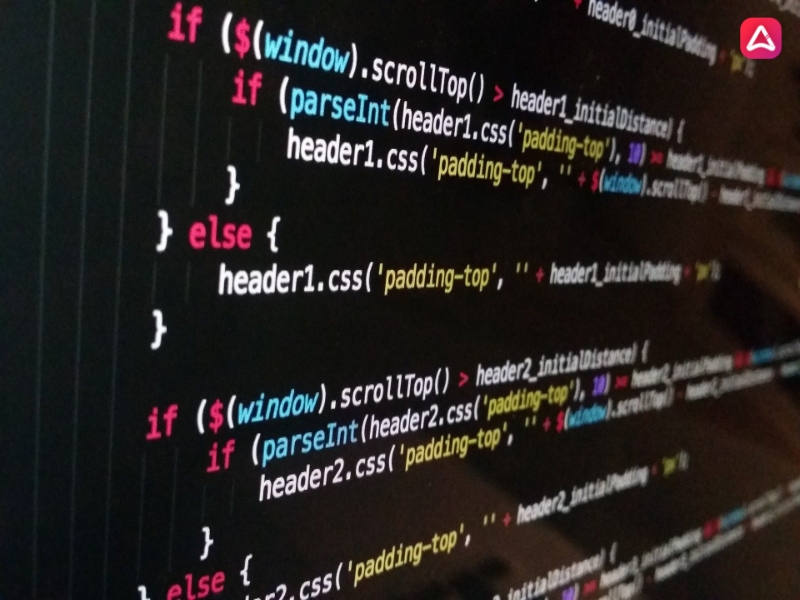JavaScript is one of the most powerful and important programming languages today, by three clear approaches: it is useful, practical and available in any web browser.
JavaScript is created by Brendan Eich and was released in 1995 with the name of LiveScript, which was later named JavaScript, born as a simple language intended to add some interactive features to web pages. However, today it has grown rapidly and is the programming language used in almost every website in the world.
The power of JavaScript is available mainly on the frontend side, adding more interactivity to the web, you can also use libraries and frameworks such as jquery, angular, backbone, react and others, written about JavaScript, and that help you create a better experience of the user on our websites. Similarly, JavaScript can be used on web servers. Node.JS is your best option to use this server-side language.
What is javascript?
Javascript is a programming language that allows you to carry out both simple and complex activities on web pages. It is a system that enjoys the peculiarity of not needing any compilation since it is the browsers themselves who are in charge of reading the code to assimilate it and carry out the actions indicated by it. Today is the standard when you want to raise more complicated mechanisms than usual on a website.
It is a common mistake to confuse this language, especially by the fewer experts in the field, with Java. Due to the similarities between names, it is easy to be confused that they both have some kind of relationship that they have similar functions or that one is a subset of the other; but they have no connection beyond chance in their name. They are completely different and Java was born in 91, while Javascript did the same several years later.
Both were elaborated with totally different purposes, although it is true that the language-oriented to the web environment, the one that concerns us, has that name because its creators tried to take advantage of the seriousness and popularity of Java to throw an air of trust and professionalism with this form of Schedule so young at the time.
Today, Javascript can boast of being the most important web programming language that has ever existed, mainly due to the degree of interactivity it can include on any page where it is used correctly. Currently, it is the most used by any web designer and programmer who seeks to do something functional and quality.
JavaScript is not Java
Despite the name, Javascript and Java have almost nothing to do with each other. Java is a full-featured programming language, developed and marketed by Sun Microsystems. With Java, a descendant of the C and C ++ programming languages, programmers can create entire applications and control the user’s electronic devices.
Unlike other languages, Java keeps the promise of compatibility between different platforms (cross-platform), which means that a programmer could write a Java program that runs on any kind of computer, already running this Windows, Mac OS X or any of the different versions of Unix. In practice, Java has not completed that dream, due in large part to disputes between Sun and Microsoft regarding language direction.
First, Microsoft got involved because it wanted to integrate Java into Windows in its way (the way Sun says it would make Java work in one way on Windows and otherwise on other computers, thereby breaching the main purpose of Java ); later, Microsoft introduced Java for Windows, once it created its Java-style language, C #.
After a lot of litigation between the two companies (and a big deal favorable to Sun), Microsoft removed its Java from Windows and, now, the user can install the latest version of Sun Java for Windows (or Linux) from Your official website Mac OS X has Java installed as part of the operating system.
In addition to the independent applications, the main use of Java on the client-side, that is, in the user’s browser, is the creation of applets, small programs that are downloaded on the Internet, and run in Web browsers. Due to the cross-platform character of Java, these applets should also run in any browser that supports Java. In recent years many Java applets began to be replaced by Macromedia Flash animations, which are usually easier to create than Java applets. Today, Flash is gradually being replaced by the new possibilities offered by HTML5 along with CSS3 and Jquery.
The applets are embedded in the Web pages using the HTML <object> tag, with additional information that the server’s Java applet specifies and executes it in the screen area specified in the tag.
What is Javascript for?
Javascript is used so that in a web page a greater index of interactivity with the users is obtained and, therefore, the experience of these is much better and more enriched. It is something that is used to provide more functions, facilitate communication and, besides, grant all possible improvements without hardly affecting the weight of the page, which guarantees a higher loading speed and a better reputation in the eyes of Google.
Javascript Examples
Giving examples of Javascript is something that can be done by entering any modern website, since practically all use this language to implement all the functions they need. Even so, we will develop a small example to better understand how a code that uses this language would look.
- <html>
- <head>
- <title> Neoattack.com – Using JavaScript </title>
- </head>
- <body>
- <script type = “text / javascript”>
- write (‘NeoAttack test text in JS’);
- </script>
- </body>
- </html>
The importance of Javascript language
It is nothing new for people to constantly talk about the advantages of being a “full stack developer” or being a “cross-platform developer”.
At some point JAVA was the best solution for all this, beyond the operating system we could make desktop applications since java runs on a virtual machine (JVM) and that same virtual machine was also in a “minimalist” version on some cell phones (J2Me).
But like everything else in the world, and especially in technology, advances are getting faster and faster.
Then it was not enough to be a JAVA programmer to be a multi-platform, the technologies were advancing as well as the WEB and we had 2 possibilities, FLASH or JAVASCRIPT, in this way connections were made on the web and we were interactive, beyond that with JSP (JavaServer Page) or PHP, we could interact with the client, the pages in its content were static.
With the appearance of Flash and Javascript began to interact with the pages and as well as began to put movements and connections with the backend in a better way.
It is not a state secret that Javascript won this fight widely because it was the movement of the frontend since the IPad died little by little.
So, if it was a simple connector between backend and frontend, little by little it was gaining functions and followers on the web, the menus and movements stopped being done on flash and began to be done on javascript, it is worth clarifying that it was a great benefit (although it came from the hand) HTML5 CSS3, so that javascript is the language of the frontend, with great frameworks starting with JQuery and with things as powerful as AngularJS React and others.
But the big fanaticism for this language was not there, but they appeared trying to have that same language in the backend, people did not want to do PHP /python/java/ or another language in the backend to have to work with javascript in the frontend.
And one of the best solutions that javascript had after jquery appears, NODEJS appeared a great advance of javascript in the fight to be the language that owns the market.
NodeJS is a javascript server if exactly, a javascript server then we no longer needed to change languages to be able to develop a web solution, or a solution itself. There were other attempts but 100% javascript today is NodeJS marking the development market in javascript, and with large frameworks such as SailsJS Express Meteor and LoopBack (among others) we started using this javascript server for a Rest API, a file server and a web server.



